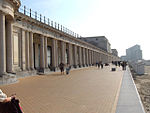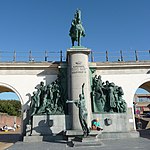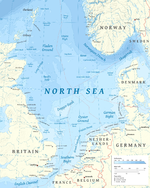2001 IAAF World Cross Country Championships
2001 IAAF World Cross Country Championships2001 in Belgian sport2001 in athletics (track and field)Cross country running in BelgiumInternational athletics competitions hosted by Belgium ... and 3 more
March 2001 sports events in EuropeSport in OstendWorld Athletics Cross Country Championships
The 2001 IAAF World Cross Country Championships took place on March 24/25, 2001. The races were held at the Hippodrome Wellington in Ostend (Oostende), Belgium. Reports of the event were given in The New York Times, in the Herald, and for the IAAF.Complete results for senior men, for senior men's teams, for men's short race, for men's short race teams, for junior men, for junior men's teams, senior women, for senior women's teams, for women's short race, for women's short race teams, for junior women, for junior women's teams, medallists, and the results of British athletes who took part were published.
Excerpt from the Wikipedia article 2001 IAAF World Cross Country Championships (License: CC BY-SA 3.0, Authors).2001 IAAF World Cross Country Championships
Nieuwpoortsesteenweg, Ostend
Geographical coordinates (GPS) Address Nearby Places Show on map
Geographical coordinates (GPS)
| Latitude | Longitude |
|---|---|
| N 51.224444444444 ° | E 2.9005555555556 ° |
Address
Wellington Golf
Nieuwpoortsesteenweg
8400 Ostend (Ostend)
West Flanders, Belgium
Open on Google Maps









